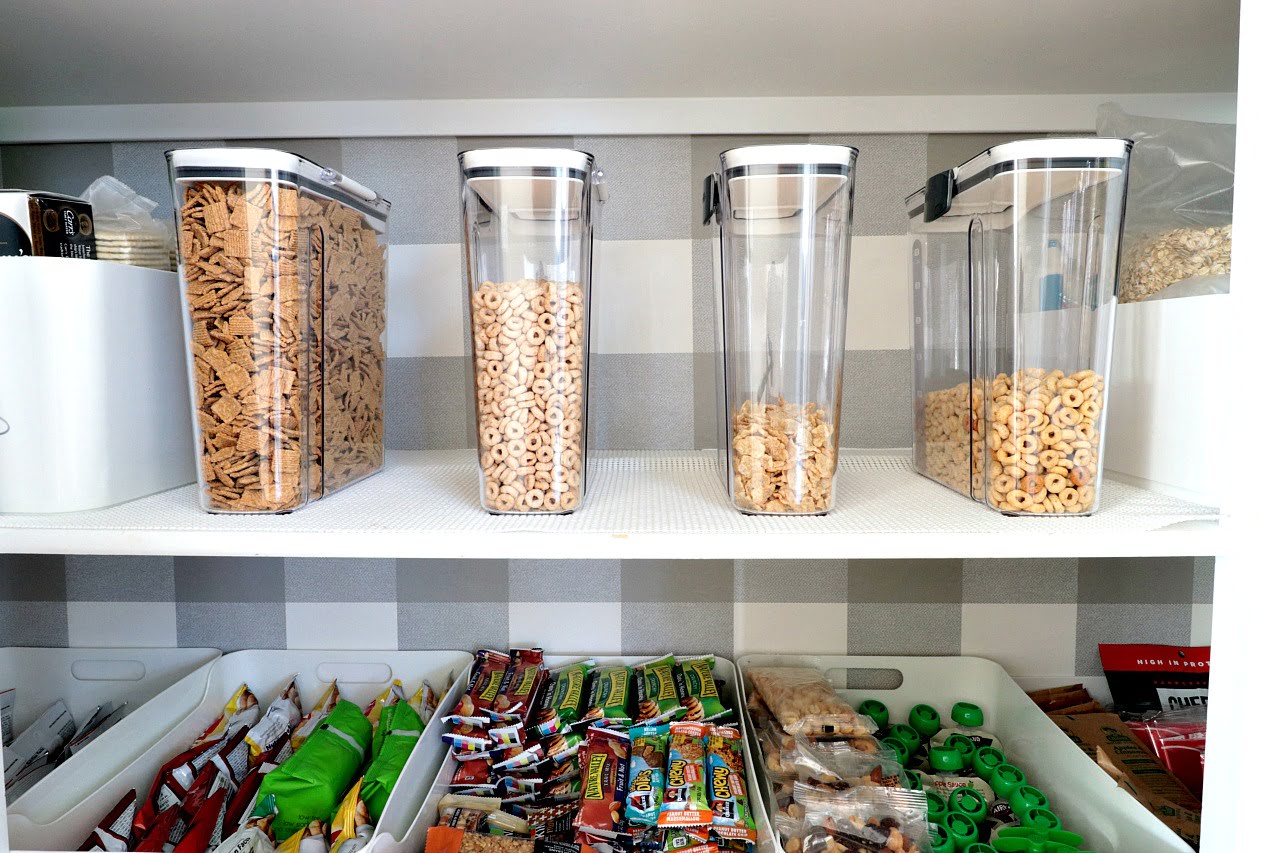

Articles
How To Store Cereal
Modified: February 26, 2024
Learn the best ways to store cereal and keep it fresh for longer. Read informative articles with helpful tips and tricks for proper cereal storage.
(Many of the links in this article redirect to a specific reviewed product. Your purchase of these products through affiliate links helps to generate commission for Storables.com, at no extra cost. Learn more)
Introduction
Welcome to the world of cereal, where a bowl of crispy flakes or crunchy granola can kickstart your day with a burst of energy and nutrition. But what happens when you buy a variety of cereal boxes and find yourself wondering how to properly store them? Whether you’re a cereal connoisseur or just someone who loves a good breakfast, it’s essential to store cereal in a way that preserves its freshness, flavor, and texture.
In this article, we will explore the best practices for storing cereal, from selecting the proper storage container to maintaining optimal storage conditions. By following these guidelines, you can ensure that your cereal remains delectable and enjoyable for an extended period. So, let’s dive into the world of cereal storage and discover the secrets to keeping your favorite cereals at their best!
Key Takeaways:
- Properly storing cereal involves selecting airtight containers, maintaining ideal storage conditions, and practicing rotation to preserve freshness and prevent waste.
- Prevent pest infestation by using sturdy containers, keeping storage areas clean, and sealing entry points to safeguard cereal from unwanted visitors.
Read more: How To Store Collectible Cereal Boxes
Selecting the Proper Storage Container
When it comes to storing cereal, choosing the right container is crucial to maintaining its freshness and preventing it from going stale. Here are some factors to consider when selecting a storage container for your cereal:
- Airtightness: The most important characteristic of a cereal storage container is its ability to seal out air and moisture. Look for containers with airtight lids or closures that create a tight seal. This will help to preserve the crunchiness and prevent the cereal from becoming stale.
- Size: Consider the amount of cereal you typically consume and choose a container that can accommodate the quantity you buy. It’s best to avoid containers that are oversized, as they can lead to excess air inside, causing the cereal to become stale more quickly.
- Material: Opt for containers made from food-grade materials, such as BPA-free plastic or glass. These materials are safe for storing food and do not transfer any unwanted odors or flavors to the cereal. Additionally, transparent containers allow you to easily see the contents and monitor the quantity of cereal left.
- Easy Pouring: Look for containers with a wide opening and a pour spout or flip-top lid. This makes it convenient to pour the cereal into a bowl without creating a mess or risking spillage.
Keep these considerations in mind when selecting the proper storage container for your cereal. Next, we’ll explore two popular methods for storing cereal: keeping it in its original packaging or transferring it to airtight containers.
Storing Cereal in Its Original Packaging
One of the simplest ways to store cereal is to keep it in its original packaging. Cereal boxes are specifically designed to preserve the freshness of the product. Here are some tips for storing cereal in its original packaging:
- Keep it sealed: Ensure that the cereal box is tightly sealed after each use. This will prevent air and moisture from entering and keep the cereal fresh for a longer period.
- Protect from light and heat: Store the cereal box in a cool and dark place to prevent exposure to light and heat, which can degrade the quality of the cereal over time.
- Avoid crushing: Be careful not to stack heavy items on top of the cereal box, as this can crush it and damage the contents. Keep the box in an upright position in your pantry or cupboard.
- Monitor the expiration date: Check the expiration date on the cereal box and consume it before it expires to ensure the best taste and quality.
By following these guidelines, you can effectively store cereal in its original packaging and maintain its freshness. However, if you prefer a more organized and airtight storage solution, transferring the cereal to dedicated storage containers is the way to go. Let’s explore this method in the next section.
Transferring Cereal to Airtight Containers
If you want to take your cereal storage game to the next level, transferring the cereal to airtight containers is a great option. This method helps to prolong the freshness and quality of the cereal by eliminating exposure to air and moisture. Here’s how you can transfer your cereal to airtight containers:
- Gather your supplies: Start by collecting airtight containers that are suitable for storing cereal. Make sure they are clean and dry before use.
- Open the cereal box: Carefully open the top of the cereal box, taking care not to spill any cereal. If there is a plastic bag or liner inside, remove it along with the cereal.
- Pour the cereal: Pour the desired amount of cereal into the airtight container. You can pour the entire box or divide it into multiple containers if you prefer to store different flavors or varieties separately.
- Close the container: Seal the airtight container tightly, ensuring that there are no gaps or openings. This will prevent air and moisture from getting in and keep the cereal fresh.
- Label the container: If you transferred multiple flavors or varieties of cereal, consider labeling the airtight containers to easily identify them. You can use labels or stick-on tags to indicate the contents and expiration dates.
By transferring your cereal to airtight containers, you can have better control over storage conditions and preserve the quality of the cereal for a longer period. However, sealing the containers alone may not be enough. In the next section, we’ll discuss the importance of properly sealing the containers for optimum cereal storage.
Properly Sealing the Containers
Properly sealing the containers is essential when storing cereal to maintain its freshness and prevent it from going stale. Here are some tips for ensuring a proper seal:
- Check for airtightness: Before storing your cereal, make sure that the containers you are using have airtight lids or closures. Test the seal by closing the lid and pressing down gently to ensure there are no leaks.
- Remove excess air: After pouring the cereal into the container, press down on the cereal to remove excess air and create a more compact storage space. This will help to maintain the freshness and prevent the cereal from becoming stale.
- Use additional seals if needed: For added protection, consider using plastic wrap or a rubber band around the container’s lid to provide an extra layer of sealing.
- Store containers upright: To avoid any potential leaks or spills, store the containers upright in your pantry or cupboard. This will prevent any accidental opening or tipping that could compromise the seal.
- Check the seal periodically: It’s important to check the containers periodically to ensure the seal is still intact. If you notice any signs of a broken or loose seal, replace the container or repair the seal to maintain optimal storage conditions.
By properly sealing the containers, you can create an airtight environment that keeps your cereal fresh and crunchy for a longer period. In the next section, we will explore the ideal storage location for your cereal containers.
Read more: How To Store Cereal Long Term
Choosing an Ideal Storage Location
When it comes to storing cereal, selecting the right storage location is crucial for maintaining its quality and shelf life. Here are some factors to consider when choosing the ideal storage location for your cereal containers:
- Cool and dry area: Select a cool and dry area in your kitchen or pantry to store your cereal containers. Exposure to heat or humidity can accelerate the deterioration of the cereal and lead to loss of freshness.
- Away from direct sunlight: Avoid storing cereal in an area that receives direct sunlight. Sunlight can cause the cereal to degrade and lose its nutritional value, as well as contribute to the development of off flavors.
- Avoid excessive temperature fluctuations: Temperature fluctuations can impact the quality of cereal. Avoid storing cereal in areas that experience significant temperature changes, such as near ovens, stoves, or heating vents.
- Elevated location: Consider storing your cereal containers on higher shelves or in elevated areas. This can help prevent potential spills or accidental contact with moisture on the floor.
- Separate from strong odors: Keep your cereal containers away from strong-smelling foods or substances that can transfer unwanted odors or flavors. Cereal is highly absorbent, and it can quickly pick up the aromas of nearby items.
By selecting an ideal storage location for your cereal containers, you can prolong the freshness and quality of your cereal. In the next section, we will delve into maintaining optimal storage conditions to ensure the longevity of your cereal.
Store cereal in an airtight container to keep it fresh and prevent it from getting stale. Make sure to label the container with the expiration date and type of cereal.
Maintaining Optimal Storage Conditions
To ensure the longevity and quality of your cereal, it’s crucial to maintain optimal storage conditions. By following these guidelines, you can create an environment that preserves the freshness and flavor of your cereal:
- Temperature control: Keep your cereal stored in an area with a consistent and moderate temperature. Ideally, the temperature should be between 50-70°F (10-21°C) to prevent moisture buildup and maintain the desired texture of the cereal.
- Humidity management: Cereal is prone to absorbing moisture, which can lead to spoilage. Aim to store your cereal in a low humidity area, ideally below 50% relative humidity. To further protect against moisture, you can add a moisture-absorbing packet or silica gel to the container.
- Avoid frequent exposure to air: When accessing the cereal, open the container quickly and reclose it immediately. Frequent exposure to air can expedite the staleness of the cereal. Additionally, make sure the lid is tightly sealed after each use.
- Regular cleaning: Wipe down the exterior of the cereal containers periodically to remove any dust or debris that may have accumulated. This helps to maintain cleanliness and prevents unwanted particles from contaminating the cereal.
- Monitor storage duration: Keep track of the time when you first opened the cereal box or transferred it to a container. Most cereals have a recommended shelf life, typically ranging from a few months to a year from the date of opening. To maintain the best quality, try to consume the cereal within this time frame.
By maintaining optimal storage conditions, you can prolong the freshness, flavor, and nutritional value of your cereal. However, another critical aspect of cereal storage is proper rotation, which we will explore in the next section.
The Importance of Rotation
When it comes to storing cereal, practicing proper rotation is essential for ensuring that you consume the oldest cereal first and avoid wasting any expired or stale products. Here’s why rotation is important and how you can effectively implement it:
- Preserve freshness: By rotating your cereal stock, you ensure that the oldest boxes are used first. This helps to prevent leftover cereal from sitting on the shelf for extended periods, losing its freshness and becoming stale.
- Prevent waste: Rotating your cereal ensures that you don’t forget about older boxes that may go unnoticed and expire. This reduces the likelihood of wasting cereal and saves you money in the long run.
- Ensure best texture and taste: Cereal is at its best when it is fresh. By rotating your cereal stock, you can enjoy the optimal texture and taste of each box before it starts to deteriorate.
- Create an organized system: Implementing a rotation system for your cereal containers helps keep your pantry or storage area organized and allows for easy access to the cereal you want to consume.
- Label and date your containers: As you transfer cereal to airtight containers, label each container with the name and expiration date of the cereal inside. This makes it easier to identify and rotate your stock effectively.
- Use the “First In, First Out” (FIFO) method: When retrieving cereal for consumption, always take from the front or top of the stack, which is the oldest box. This ensures that the cereal is used in the order it was purchased or transferred.
By prioritizing rotation, you can maximize the freshness and quality of your cereal collection while minimizing waste. In the next section, we will discuss preventive measures to keep pests away from your cereal storage.
Preventing Pest Infestation
Pests can be a nightmare when it comes to storing cereal, as they can contaminate the food and render it inedible. To safeguard your cereal from unwanted visitors, follow these preventive measures to prevent pest infestation:
- Store in sturdy containers: Use sturdy, airtight containers that pests cannot easily access. Opt for containers with secure lids or closures that create a tight seal and prevent insects or rodents from entering.
- Inspect and clean containers: Before transferring cereal to a container, ensure that it is clean and free from any pest residue. Inspect containers regularly for any signs of pest activity, such as droppings or gnaw marks.
- Keep your storage area clean: Regularly clean your pantry or storage area to remove crumbs, spills, and any food debris that can attract pests. Wipe down shelves and surfaces with a mild household cleaner to eliminate any enticing scents.
- Avoid storing near pet food: If you store pet food in the same area as your cereal, make sure it is in a separate container. The smell of pet food can attract pests and increase the risk of infestation.
- Seal entry points: Inspect your storage area for any cracks, gaps, or openings that could serve as entry points for pests. Seal these openings with caulk or weatherstripping to prevent them from accessing your stored cereal.
- Consider using pest deterrents: Place pest deterrents, such as insect repellent sachets or cotton balls soaked with essential oils like peppermint or lavender, near your cereal containers. These natural deterrents can help keep pests at bay.
By implementing these preventive measures, you can significantly reduce the risk of pest infestation in your cereal storage area and ensure that only fresh and safe cereal is consumed. In the next section, we will share some additional tips for extending the shelf life of your cereal.
Read more: How To Store Cereal For Long Term Storage
Tips for Extending Cereal Shelf Life
To extend the shelf life of your cereal and ensure its freshness for as long as possible, consider these additional tips:
- Proper portioning: As you transfer cereal to airtight containers or open a new cereal box, consider portioning out smaller amounts for immediate consumption. This reduces the exposure of the remaining cereal to air and helps to maintain its freshness.
- Use dry utensils: When serving cereal, use dry utensils to avoid introducing moisture into the container or packaging. Moisture can lead to faster staleness and spoilage.
- Avoid touching cereal with bare hands: Whenever possible, avoid touching the cereal directly with your hands. Using a scoop or spoon can help prevent the transfer of oils and moisture from your hands, which can affect the quality of the cereal.
- Refrigerate high-risk cereals: Some cereals, such as those with nuts or dried fruits, have a higher risk of going rancid due to their natural oils. If you have these types of cereals, consider storing them in the refrigerator to extend their shelf life.
- Keep track of storage time: Maintain a record or labeling system to track the storage time of your cereal. Remember to consume older cereals first and rotate your stock accordingly to avoid consuming expired products.
- Avoid exposing cereal to strong odors: Store cereal away from strong-smelling items in the pantry, such as spices or cleaning products. Cereal can absorb odors, potentially altering its flavor and quality.
- Consider freezing: If you anticipate that you won’t be able to consume a box of cereal within its recommended shelf life, you can freeze it in an airtight freezer bag to prolong its freshness. Just make sure to thaw it properly before consuming.
By following these tips, you can maximize the shelf life of your cereal and enjoy it at its best for a longer period. Remember, maintaining proper storage conditions, practicing rotation, and minimizing exposure to air, moisture, and pests are key to preserving the quality of your cereal.
By implementing these best practices, you can ensure that your favorite cereals remain fresh, flavorful, and crunchy, providing you with a delightful breakfast or snack experience every time. Happy cereal storage and enjoy the goodness of a perfectly stored bowl of cereal!
Conclusion
Storing cereal properly is essential for preserving its freshness, flavor, and texture. Whether you decide to keep it in its original packaging or transfer it to airtight containers, following these best practices will ensure that your cereal remains delicious and enjoyable for an extended period.
By selecting the proper storage container, such as one that is airtight and of suitable size, you can effectively seal out air and moisture, preventing the cereal from becoming stale. Monitoring the expiration date and choosing an ideal storage location away from direct sunlight and extreme temperature fluctuations will further enhance the longevity of your cereal.
Properly sealing your containers, either by removing excess air or using additional seals if necessary, is crucial in maintaining the freshness and quality of your cereal. Meanwhile, implementing proper rotation by labeling and consuming the oldest cereal first will prevent waste and ensure that you always enjoy your cereal at its best.
To keep pests at bay, store your cereal in sturdy containers, inspect and clean them regularly, and keep your storage area clean and free from food debris. Additionally, implementing additional measures such as sealing entry points and using pest deterrents will help safeguard your cereal from potential pest infestation.
Finally, by incorporating additional tips like proper portioning, avoiding touching cereal with bare hands, and refrigerating high-risk cereals, you can further extend the shelf life of your cereal and maintain its optimal quality.
By following these guidelines, you can keep your cereal fresh, crispy, and full of flavor, ensuring that every bowl of cereal you enjoy is a delightful and nutritious experience. So, go ahead and implement these strategies for proper cereal storage and savor the goodness of a perfectly stored bowl of cereal every time!
Frequently Asked Questions about How To Store Cereal
Was this page helpful?
At Storables.com, we guarantee accurate and reliable information. Our content, validated by Expert Board Contributors, is crafted following stringent Editorial Policies. We're committed to providing you with well-researched, expert-backed insights for all your informational needs.
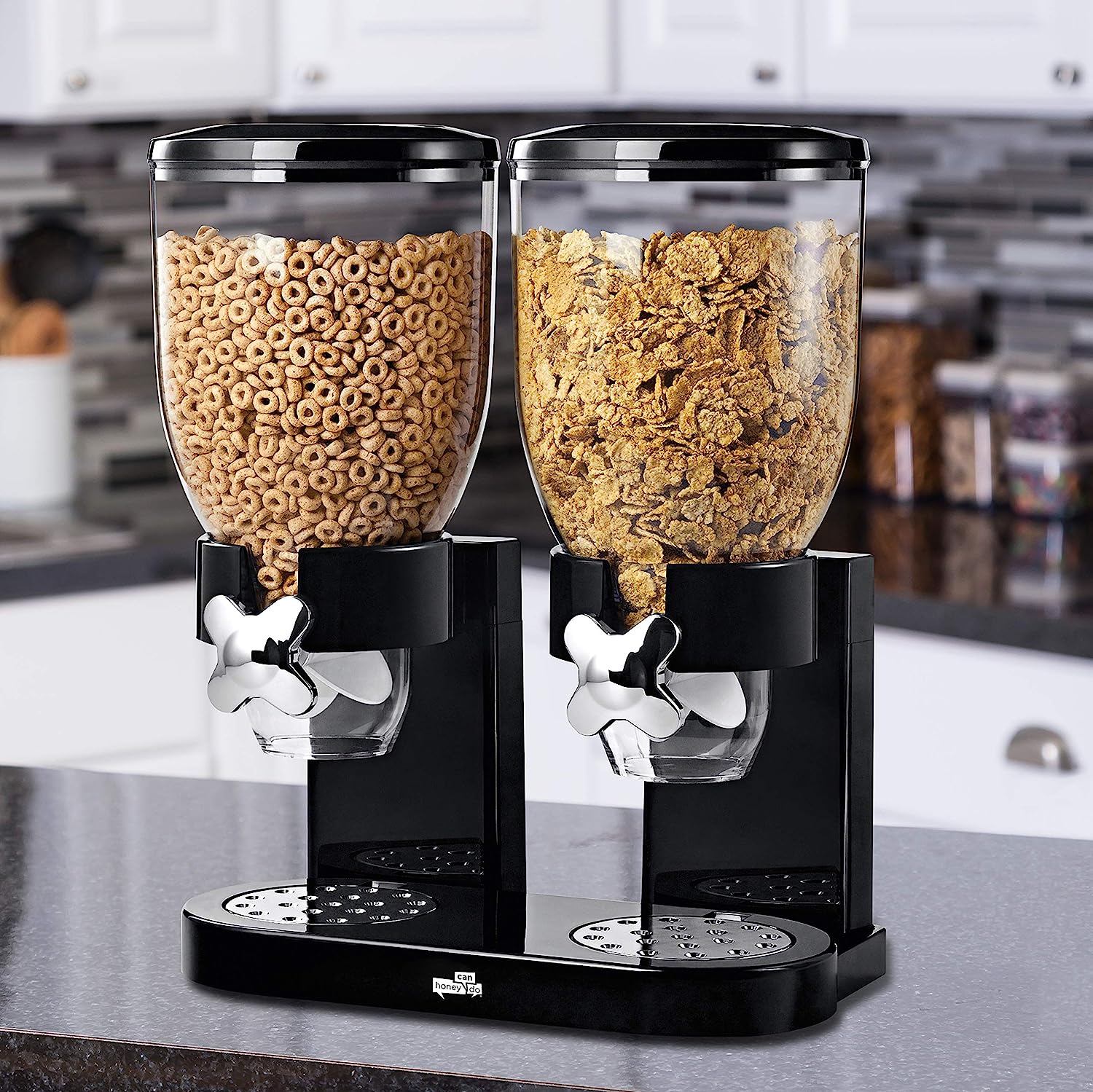


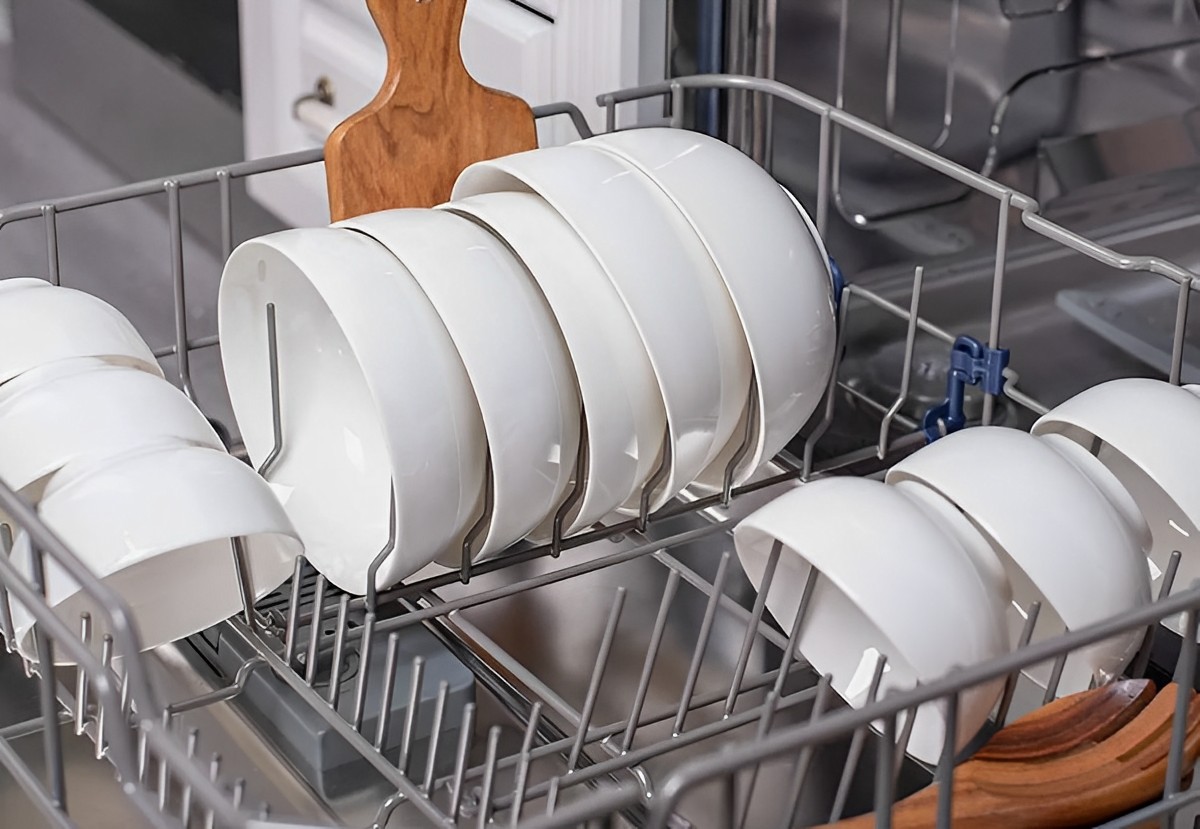
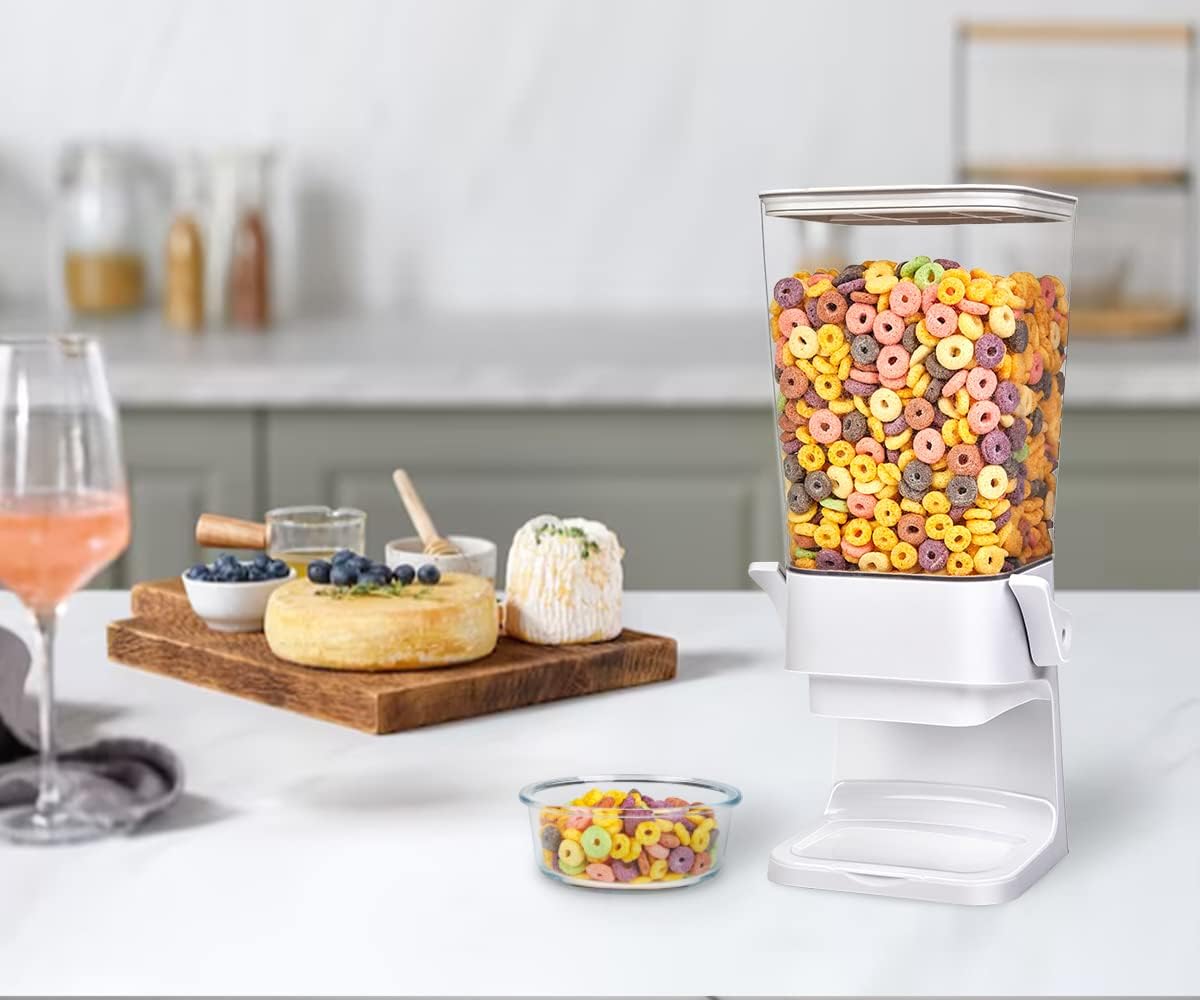




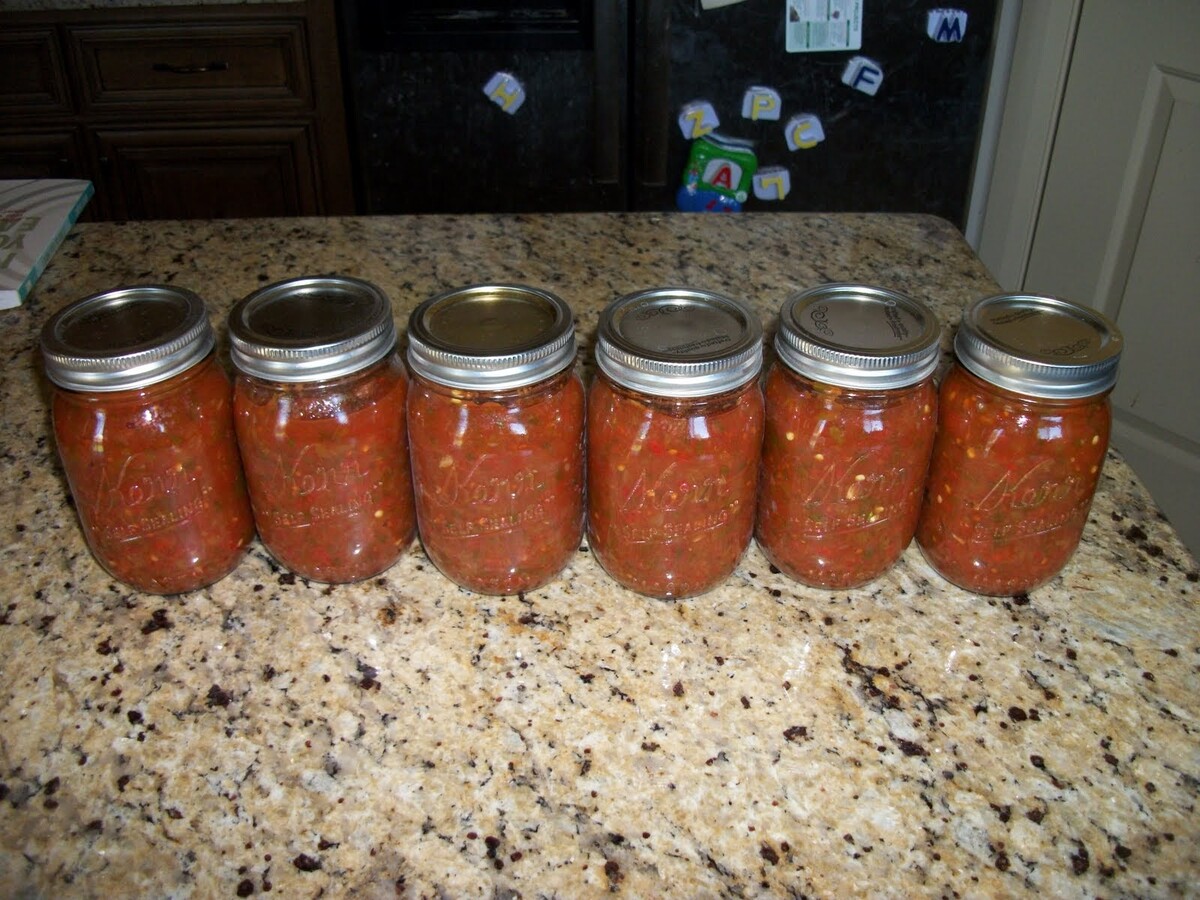

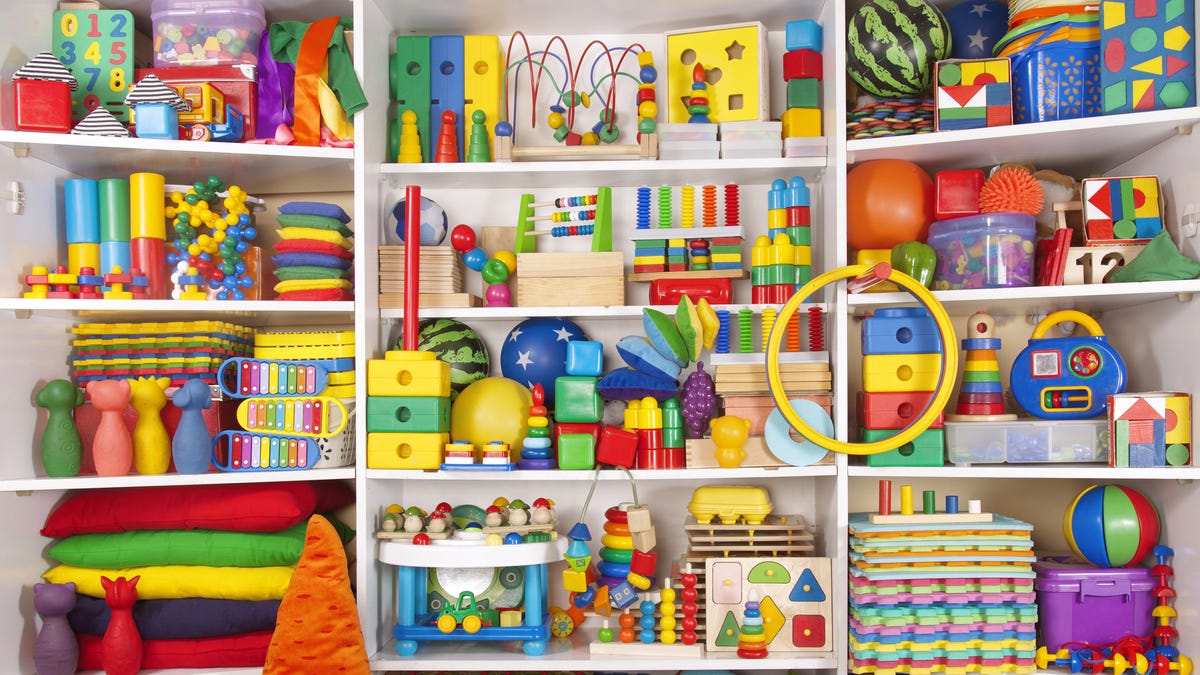
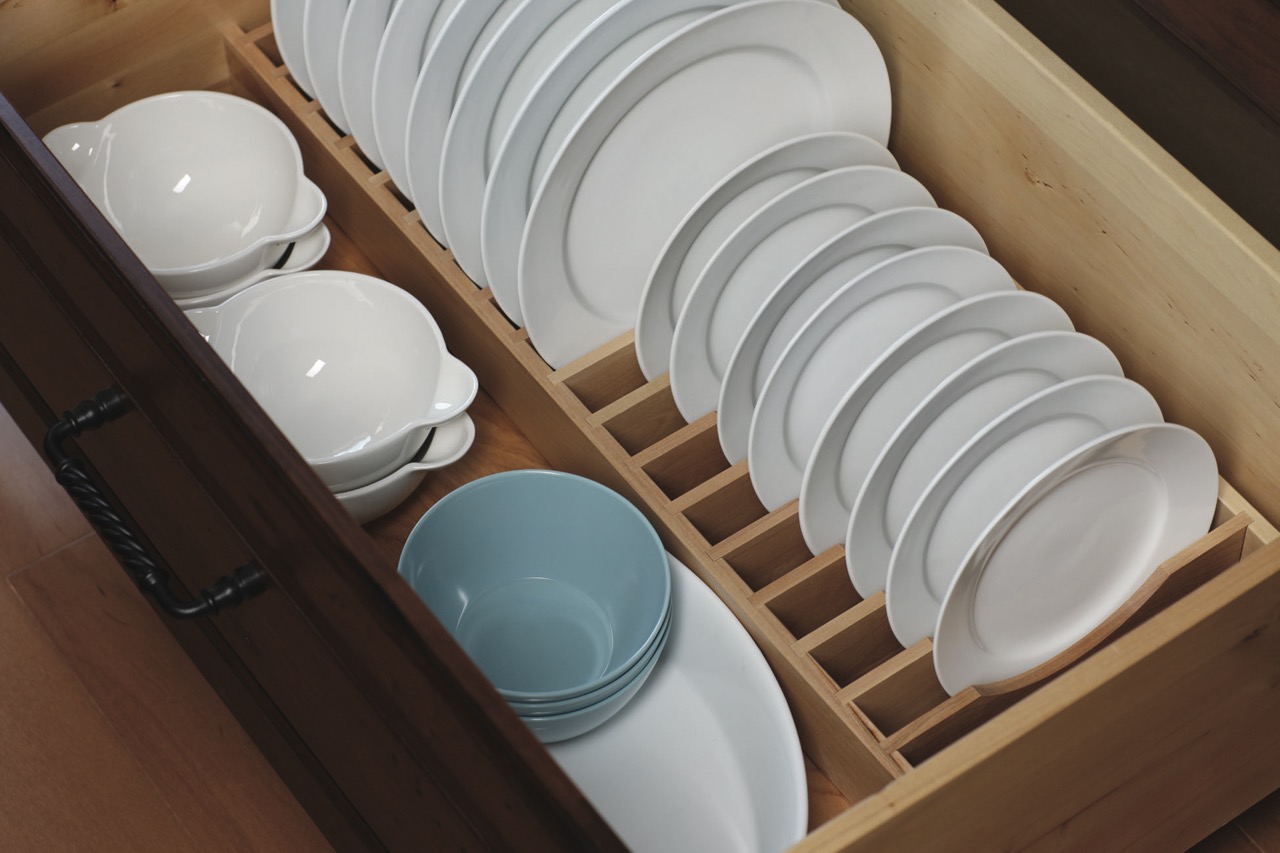

0 thoughts on “How To Store Cereal”